Has anyone is USA bought a Camellia Azellia?
User
9 years ago
Featured Answer
Sort by:Oldest
Comments (16)
luis_pr
9 years agokiwoncello
9 years agoRelated Professionals
Oatfield Landscape Architects & Landscape Designers · South Orange Landscape Architects & Landscape Designers · Woodinville Landscape Architects & Landscape Designers · Concord Landscape Contractors · Addison Landscape Contractors · Apollo Beach Landscape Contractors · Hollywood Landscape Contractors · Northport Landscape Contractors · Peachtree City Landscape Contractors · Porterville Landscape Contractors · Stony Brook Landscape Contractors · Waipahu Landscape Contractors · Wilsonville Landscape Contractors · Castaic Swimming Pool Builders · West Palm Beach Swimming Pool BuildersUser
9 years agoaflyfisher
9 years agoEmbothrium
9 years agoSavannahNana
9 years agoshanddavies
6 years agolast modified: 6 years agodavidrt28 (zone 7)
6 years agolast modified: 6 years agoshanddavies
6 years agodavidrt28 (zone 7)
6 years agolast modified: 6 years agovvasabi
6 years agoshanddavies
6 years agolast modified: 6 years agovvasabi
6 years agodavidrt28 (zone 7)
6 years agolast modified: 6 years agoshanddavies
6 years ago
Related Stories
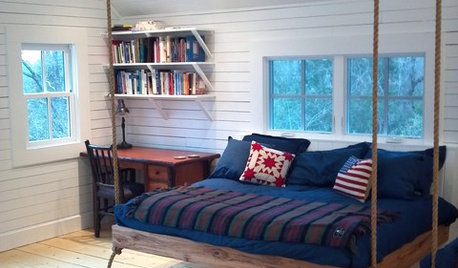
DECORATING GUIDESHemp, Hemp, Hooray! This Superplant May Be Legal Again in the USA
Hemp products are durable, sustainable, antibacterial and much more. Will the plant finally get the status it’s due in the States?
Full Story
CHRISTMASReal vs. Fake: How to Choose the Right Christmas Tree
Pitting flexibility and ease against cost and the environment can leave anyone flummoxed. This Christmas tree breakdown can help
Full Story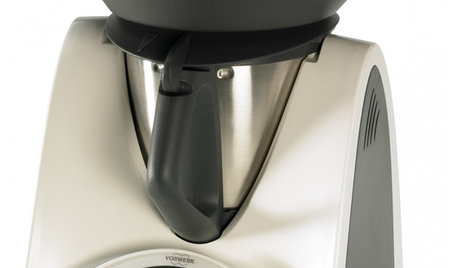
HOME TECH3 Kitchen Contraptions You Won’t Believe
Pizza hot from the printer, anyone? These cooking gadgets harness imagination and high tech — and have price tags to match
Full Story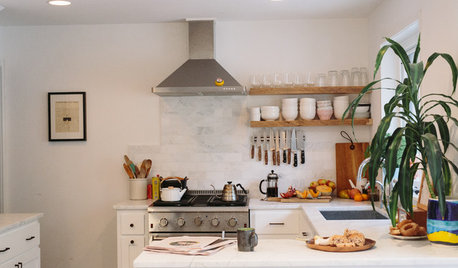
HOUZZ TOURSHouzz Tour: New Love and a Fresh Start in a Midcentury Ranch House
A Nashville couple, both interior designers, fall for a neglected 1960 home. Their renovation story has a happy ending
Full Story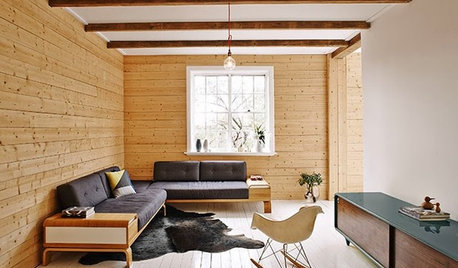
REMODELING GUIDESHouzz Tour: Urban Remodel Looks to Sweden for Bright Ideas
Once a dowdy rental in need of a revamp, this Sydney home now has a fresh and inviting Swedish summer-house feel
Full Story
BASEMENTSHouzz TV: Ashton Kutcher Surprises Mom With the Basement of Her Dreams
In a new Houzz original series, the actor uses the Houzz app to find a designer and shop products to turn the dark area into a bright space
Full Story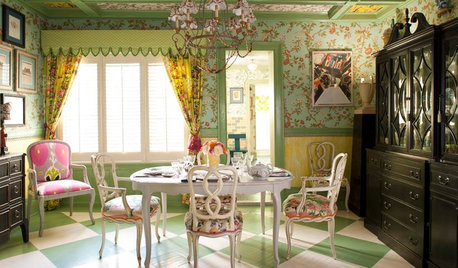
HOUZZ TOURSHouzz Tour: A Bolt of British Charm in Brooklyn
A highly decorated New York row house takes its cues from the English countryside
Full Story
REMODELING GUIDESWhy Marble Might Be Wrong for Your Bathroom
You love its beauty and instant high-quality appeal, but bathroom marble has its drawbacks. Here's what to know before you buy
Full Story
MOST POPULARRethinking Beige in a World Gone Gray
Gray, the ‘it’ neutral of recent years, has left beige in the shade. But is it time to revisit this easy-on-the-eyes wall color?
Full Story
GREAT HOME PROJECTSPower to the People: Outlets Right Where You Want Them
No more crawling and craning. With outlets in furniture, drawers and cabinets, access to power has never been easier
Full StoryMore Discussions






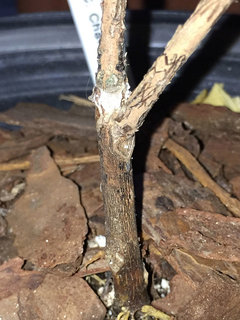

kiwoncello